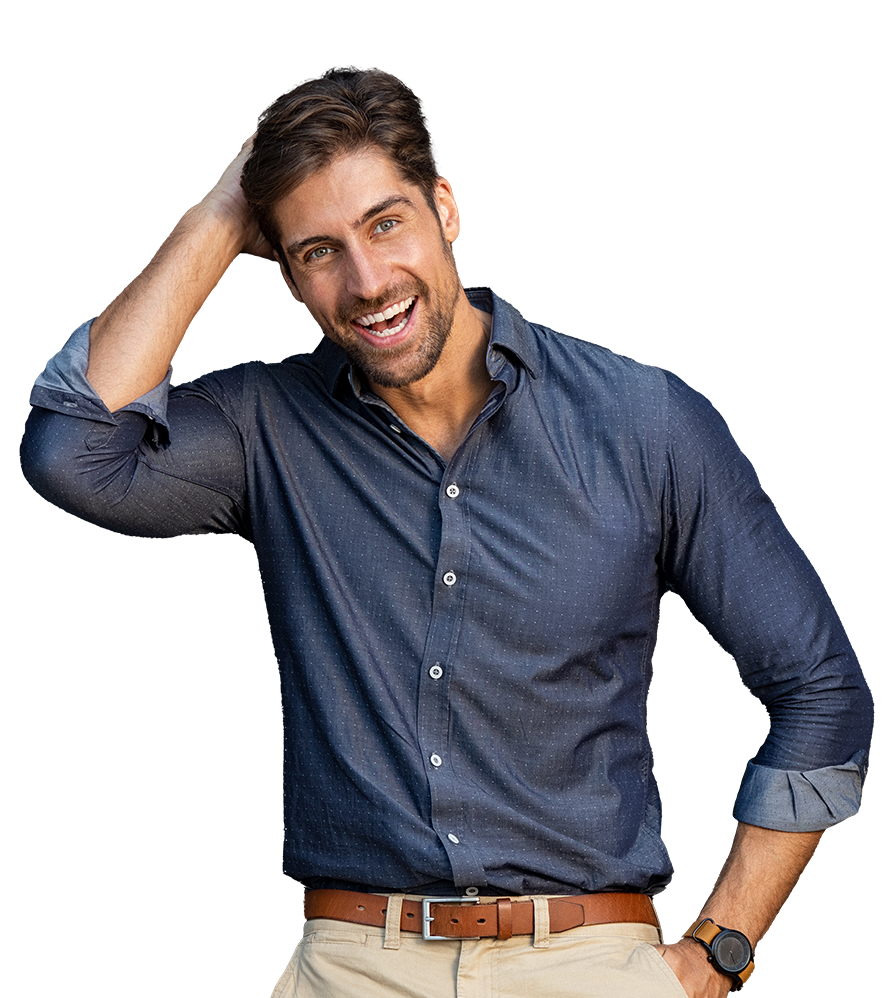There are several things that can give away one’s age. For some it’s their taste in music and fashion. For others, they simply aren’t as nimble as they once were. For most, the number one give-away is greying hair.
in music and fashion. For others, they simply aren’t as nimble as they once were. For most, the number one give-away is greying hair.
If you’ve started to notice your hair is feeling drier, more brittle and frizzier as you age, you’re not alone. As our bodies change, so does our hair. And while there’s nothing you can do to prevent or reverse the aging process, learning why color and texture change as you grow older can help you better care for maturing hair. Here are the most common signs to look for.
Hair loses pigment and begins to grey.
As you get up there in years, your hair begins to lose melanin and protein, causing changes in color and texture and making hair more resistant to hair products. For most people, these changes are genetic, while for others they’re caused by stress, medication, illness, poor diet, and more. Deep conditioning and protein treatments can help hair retain its softness and allow it to better absorb hair care products.
Hair becomes dry, brittle, and breaks easily.
As hair loses protein – an essential building block – it becomes dry and prone to breakage. Your scalp also will slow down production of the oils that help give hair its shine. Following a healthy diet full of essential vitamins and nutrients and drinking lots of water can help keep hair strong, just as deep conditioning and protein treatments can. Chose treatments specifically formulated for your hair type.
Hair becomes thing and grow more slowly.
As hair ages, it stays in the Telogen – or resting – phase longer, which slows down the growth process. Some also notice that more of their scalp becomes visible. This may be the hardest change to accept. Again, staying hydrated, maintaining a healthy diet, and getting enough quality sleep can help, as can the addition of a multivitamin.
Caring for Ageing Hair
Changes in hair may call for changes in your hair care routine. Here are some things to try.
- Ditch the bath towel and dry your hair with a gentle microfiber hair wrap to reduce the damage that a rough-textured towel can cause.
- Keep up with regular cuts to prevent split ends; and try a cut and style that gives the illusion of more body and volume.
- Use a smoothing or paddle brush and brush gently to minimize damage. Hair is particularly weak when wet so be extra gentle when styling after washing.
- Stay away from heat styling products and always use a heat protecting product when you must use the blow dryer or curling iron.
- Avoid harsh chemical treatments that can cause further damage and dry out your hair.
- Speak to your doctor about vitamins or supplements that can help nourish your hair (along with skin and nails) from the inside out.
If your scalping is showing through your hair or hair loss is occurring in other ways that bother you, don’t sit still and just take it. Instead, pick up the phone and call DiStefano Hair Restoration to schedule a free consultation. We’re here to help you look your best and feel better about yourself – a hair transplant might be just what the doctor ordered.


